Leading players In the Solvent Recovery and Recycling Market are actively engaged in strategic initiatives to maintain their competitive edge. This includes investment in research and market developments to enhance solvent recovery and recycling technologies, expand service offerings, and improve operational efficiency. Additionally, companies are focusing on expanding their footprint through partnerships, acquisitions, and collaborations to access new markets and customers. Furthermore, sustainability initiatives, such as minimizing environmental impact and promoting responsible recycling practices, are increasingly becoming priorities for leading players to ensure long-term competitiveness and market leadership.
Manufacturing locally to minimize operational costs is one of the key business tactics used by manufacturers in the Solvent Recovery and Recycling industry to benefit clients and increase the market sector. In recent years, the Solvent Recovery and Recycling industry has offered some of the most significant advantages to NMP.
Major players in the Solvent Recovery and Recycling market, including Veolia Environment SA, CleanPlanet Chemical, Samsco Corporation, Maratek Environmental Inc., Solvent Recycling Systems, Tradebe Environmental Services, Jaygo Incorporated, CBG Biotech, Solvent Systems International, NIPPON SOLVAY K.K. and Others, are attempting to increase market demand by investing in research and development operations.
CleanPlanet Chemical is a leading provider of solvent recovery and recycling solutions in the Solvent Recovery and Recycling Market. The company specializes in offering innovative technologies and services aimed at recovering and recycling solvents used in various industrial processes. CleanPlanet Chemical utilizes advanced distillation, filtration, and purification techniques to recover high-quality solvents from waste streams, helping clients reduce waste disposal costs and minimize environmental impact. With a focus on sustainability and resource efficiency, CleanPlanet Chemical helps industries achieve their environmental goals while improving operational efficiency.
The company serves a wide range of sectors, including chemicals, pharmaceuticals, automotive, and electronics, providing customized solutions tailored to meet the specific needs of its clients.
Solvent Recycling Systems is a prominent player in the Solvent Recovery and Recycling Market, specializing in providing advanced solutions for the recovery and recycling of solvents. The company offers a comprehensive range of equipment and services designed to efficiently recover solvents from waste streams, thereby reducing waste disposal costs and environmental impact. Solvent Recycling Systems utilizes state-of-the-art distillation, filtration, and purification technologies to ensure the highest quality recovered solvents. With a focus on innovation and customer satisfaction, the company caters to diverse industries such as chemicals, pharmaceuticals, paints & coatings, and automotive, offering tailored solutions to meet specific client requirements.
Solvent Recycling Systems is committed to promoting sustainability and resource efficiency while helping industries achieve their operational and environmental objectives.
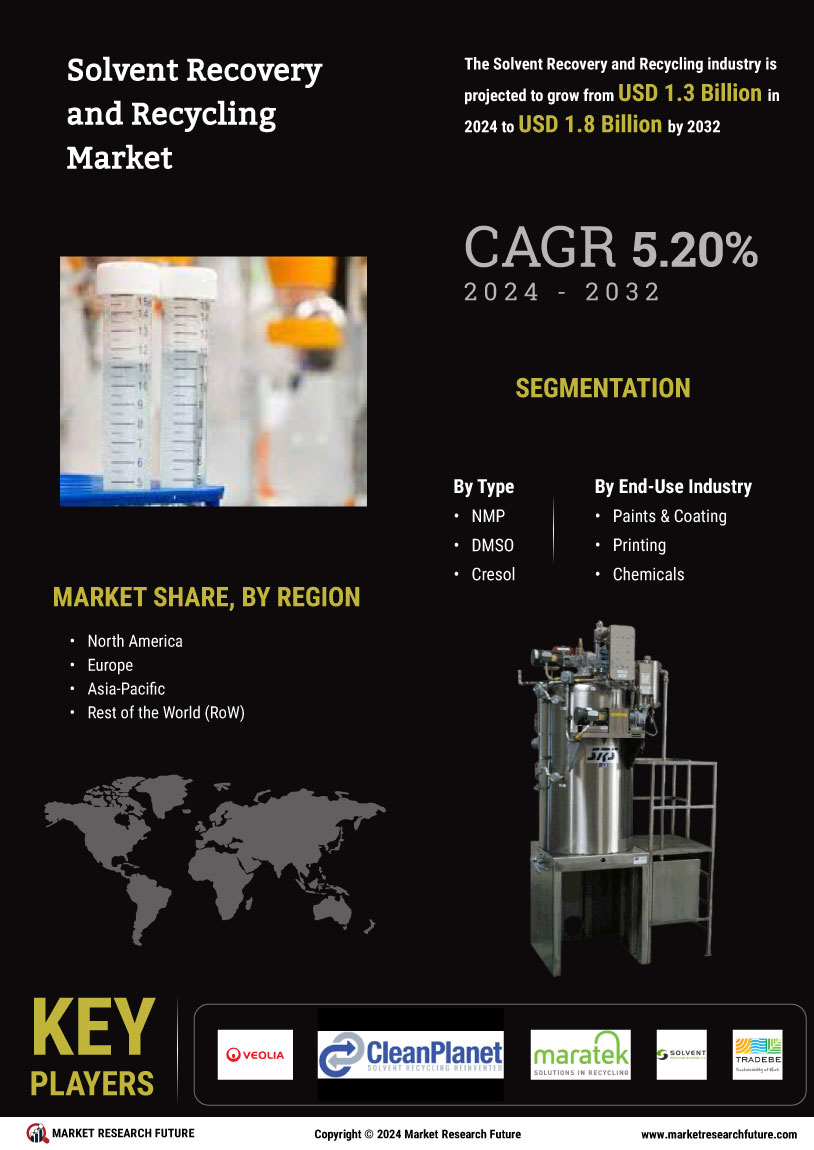

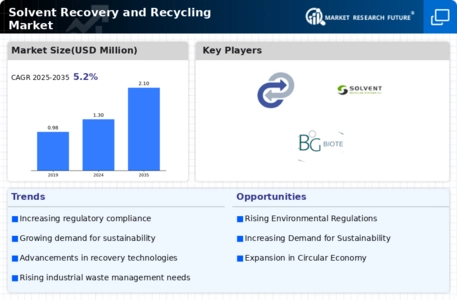
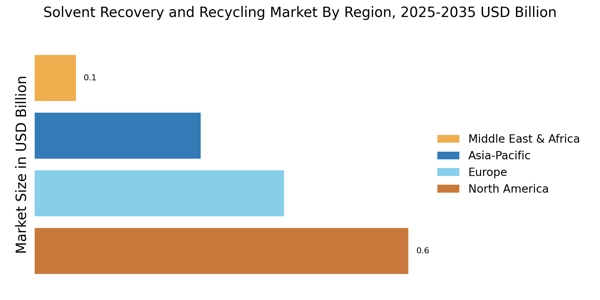


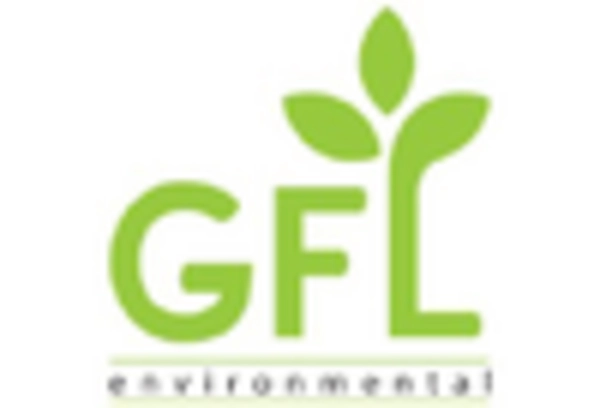
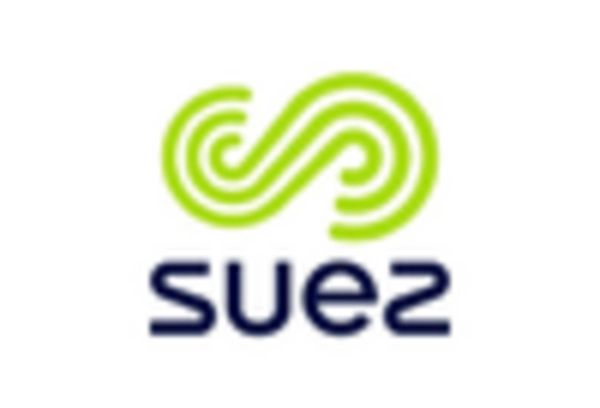










Leave a Comment